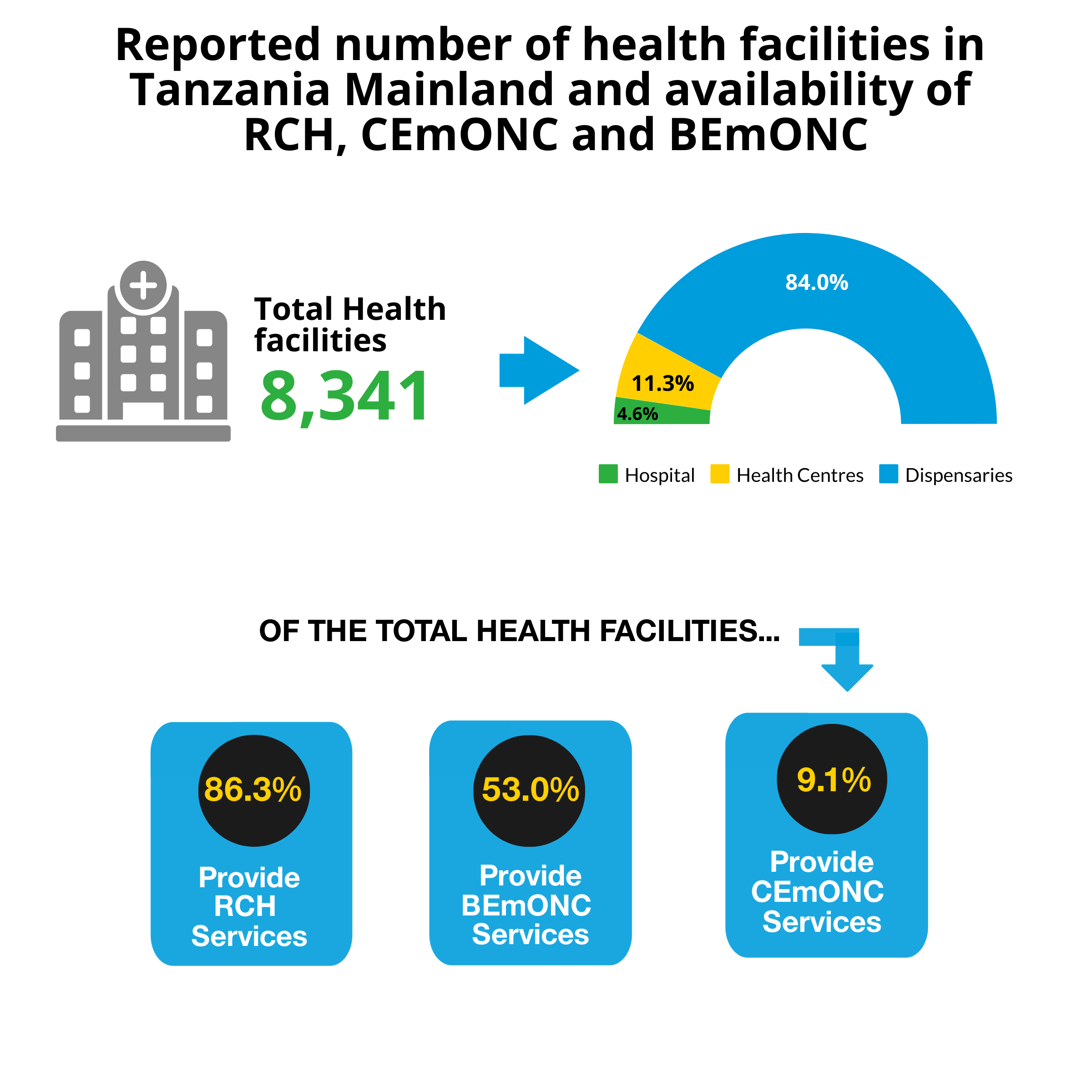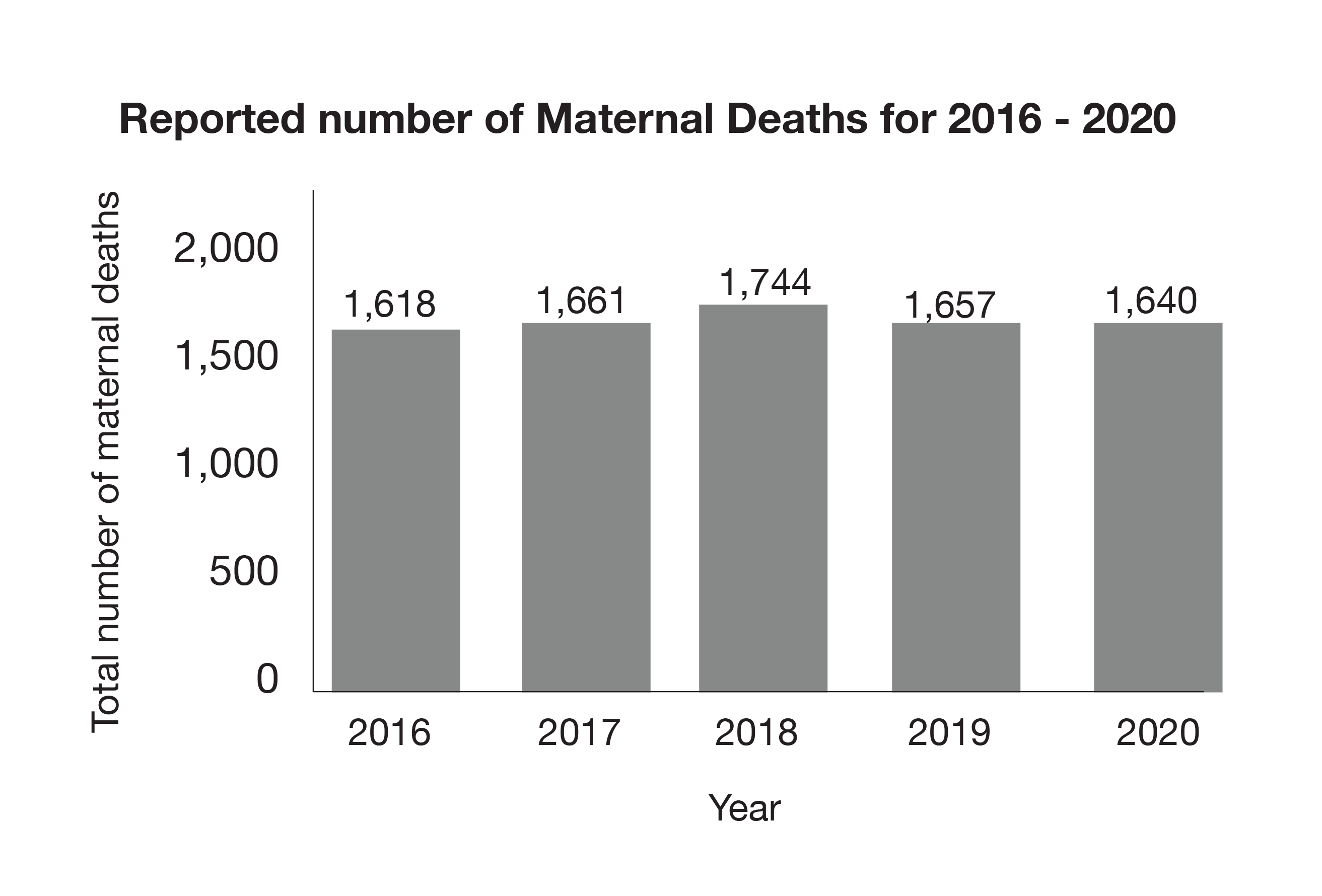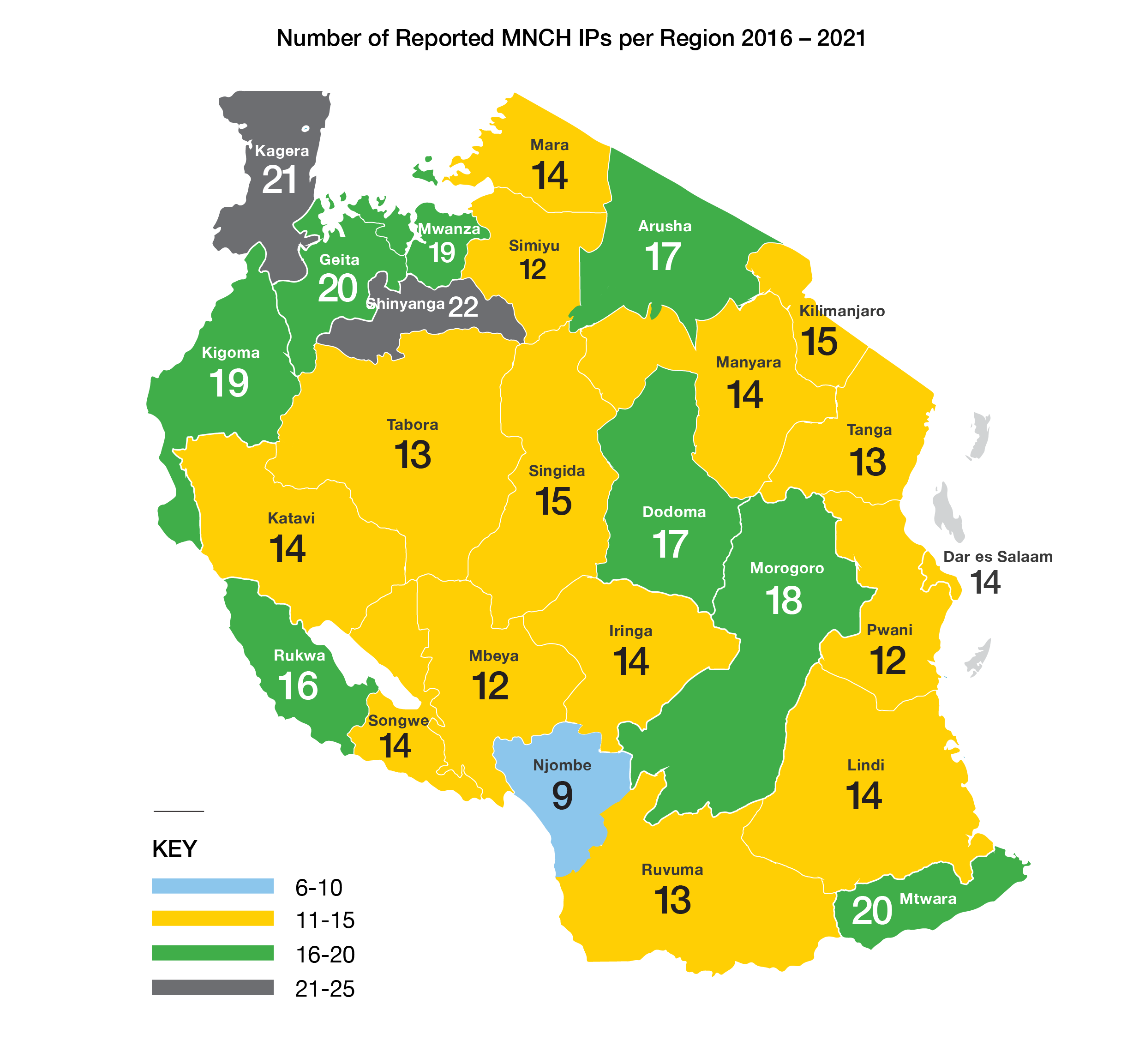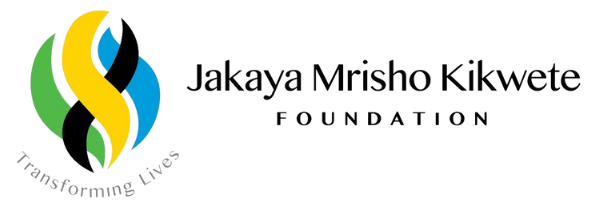MNH Mapping
Mapping of the Maternal and Newborn Interventions in Tanzania Mainland from 2016 – 2021
Background:
Poor pregnant women face a multitude of challenges in accessing quality health services especially if they live far away from hospitals and there is no safe and/or affordable transport, which coupled with the lack of good road infrastructure prolongs the journey, resulting in such women taking days to reach health facilities. To contribute to the reduction of maternal and neonatal morbidity and mortality attributed to these delays in accessing quality routine and emergency obstetric care, JMKF will construct and maintain Maternity Waiting Homes (MWH’s) in Sikonge District Council (DC) of Tabora Region and Nanyumbu DC of Mtwara Region. This is just the beginning. MWHs across the country will provide space for pregnant women and their companions to safely wait for delivery while being attended to by skilled nurse-midwives. To facilitate this, in 2021, JMKF supported the Ministry of Health (MoH) to finalize the 2022 National Maternity Waiting Homes Operational Guidelines to harmonise the management of MWH in Tanzania.
This mapping aimed to establish a national baseline report on the Maternal and Newborn Health (MNH) landscape in Tanzania, identifying interventions, gaps, and opportunities in MNH that will guide planning at all levels.
The mapping was conducted in 184 councils across 26 regions of Tanzania mainland from January 2016 to June 2021. Data were collected using an online self-administered questionnaire completed by the Reproductive and Child Health Coordinators (RCHCOs) at the Regional and District levels and the MNCH Implementing Partners (IPs). Data were uploaded to NIMR Mwanza’s file transfer protocol server using the Census and Survey Processing System (CSPro). Descriptive statistics and proportions were analyzed using Stata version15. Qualitative data were analyzed following a deductive approach.
A total of 8,341 health facilities with different levels of ownership were reported. The majority (72.9%) of health facilities reported are owned by the government. 11 (6.0%) councils reported having no hospitals. RCH services were reported in 86.3% of all health facilities. Availability of BEmONC services was reported at 53.7% of all dispensaries and 69.5% of all health centers. About 63.0% of all councils reported having at least one Community Health Worker (CHW) in each village/street.

8,789,714 deliveries were documented, with 87,136 (1.0%) stillbirths (2016-2020). Most of the deliveries occurred in dispensaries (39.1%) and health centers (24.9%). A total of 8,320 maternal deaths and 44,393 neonatal deaths were reported (2016-2021). Obstetric hemorrhage (43.2%) was reported as a major cause of maternal deaths while birth asphyxia (40.6%) was reported to be a major cause of neonatal deaths.



From 2016 to 2021, 182 (98.9%) of all councils reported receiving health basket funds to implement different MNH interventions, and 119 (64.7%) councils reported allocating funds generated from their sources to implement MNH interventions. 44 IPs had 84 MNH interventions implemented in different councils in Tanzania Mainland. The majority of the MNH interventions implemented by both councils and IPs were targeted to address delay 3 in receiving adequate care.
Conclusion & Recommendation
This mapping recommends:
- Scaling up of effective MNH interventions; that have been reported as effective in reduction of maternal and neonatal death.
- Improving MNH intervention coverage; MoH and PORALG should provide a list of areas that need additional MNH investments and request partner organizations to focus on those areas.
- Enhancing coverage of CHWs; PORALG and LGAs ensuring that each village/street has at least one CHW scope of work should be clearly defined and standard incentive structure.
- Improving health information data availability at all levels as there is a mismatch of information provided at the regional and council level.
